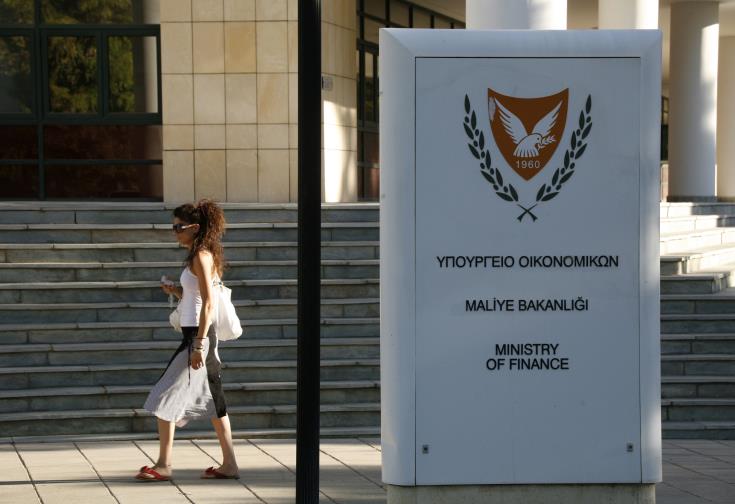Cyprus’ public finances have improved due to increased GDP growth, although they are expected to be adversely affected by a projected slowdown, according to the EU’s 13th Post-Programme Surveillance Report.
In the banking sector, the report shows that the stock of non-performing loans (NPLs) remained stable after significantly declining last year, while Russia’s invasion of Ukraine did not pose particular problems for the financial field.
However, according to the report, the continuing suspension of the implementation of the divestment framework contradicts the objective to reduce NPLs further.
It said any further suspension of foreclosure proceedings hinders the banks’ ability to deleverage their NPL portfolios organically, affects the conditions for NPL sales, negatively impacts the credit acquiring companies’ and loan servicers’ capacity to resolve NPLs and undermines payment discipline overall.
In his intervention at the Eurogroup, Finance Minister Constantinos Petrides welcomed the conclusions presented in the report of the European Commission, noting that they converge with those of the government.
He added that the Cypriot economy exceeded growth expectations during the first half of 2022.
Fiscal performance exceeded expectations, with public debt showing the largest reduction as a percentage of GDP at the EU level, supported by strong growth across the economy.
A slowdown is expected in 2023 due to the impact of rising interest rates, energy costs and declining disposable income.
Regarding the banking sector, Petrides stressed that all stakeholders had made strong collective efforts in recent years to reduce Non-Performing Loans (NPLs) in the banking sector.
As a result, significant progress has been made, with NPLs falling by more than 100% of GDP.
Petrides underlined that the government is committed to reducing NPLs through clear policies, some of which are included in the Recovery Fund.
He noted that the main policy objective of the Cypriot government remains to ensure macroeconomic stability, further reduction of public debt and NPLs to facilitate growth and job creation.
During the 2013 financial crisis, Cyprus applied for up to €10 bln loan from international lenders, including an ambitious reform agenda.
Eventually, Cyprus used €7.3 bln, €6.3 bln from the ESM and €1 bln from the IMF, which it fully repaid in February 2020.
Post-programme surveillance monitors economic, fiscal and financial risks twice a year, with a view to the repayment capacity of a country having received financial assistance.
Cyprus has €6.3 bln (23.7% of GDP) of outstanding loans to the ESM, constituting about 26% of total debt.
It will start to repay in 2025, with repayments scheduled to end in 2031 (on average €0.99 bln per year).
The first repayment amounts to €0.35 bln in 2025.










